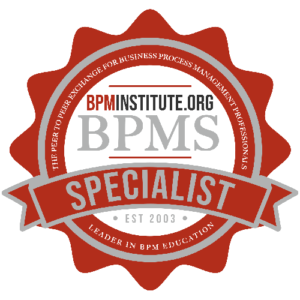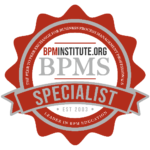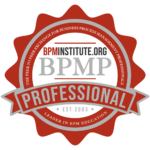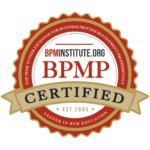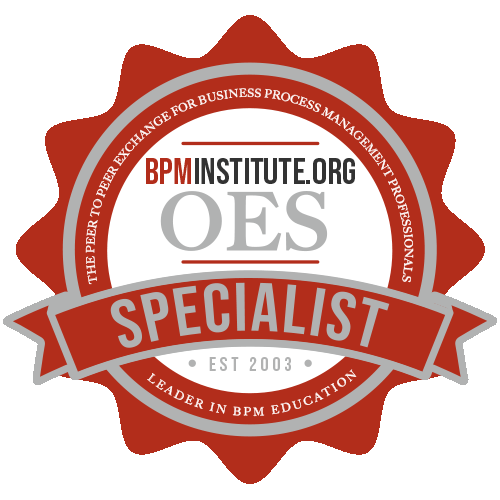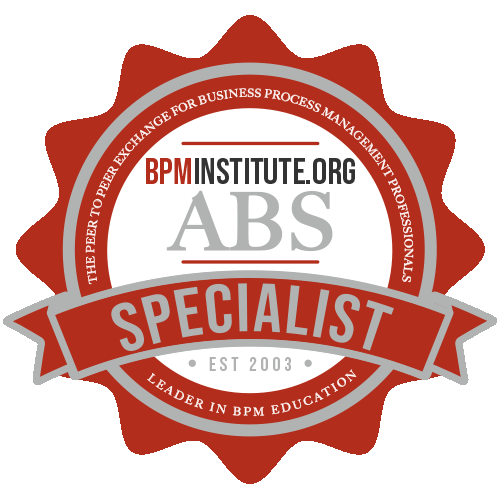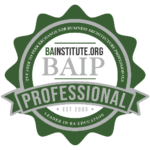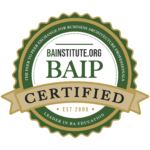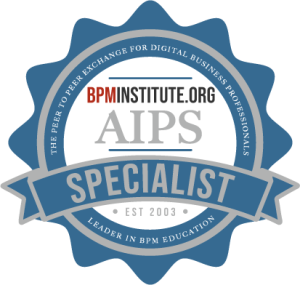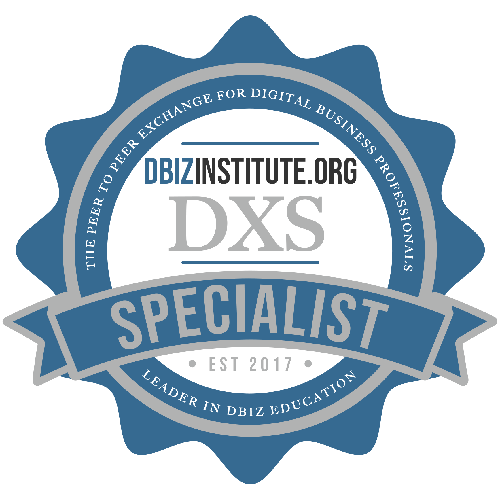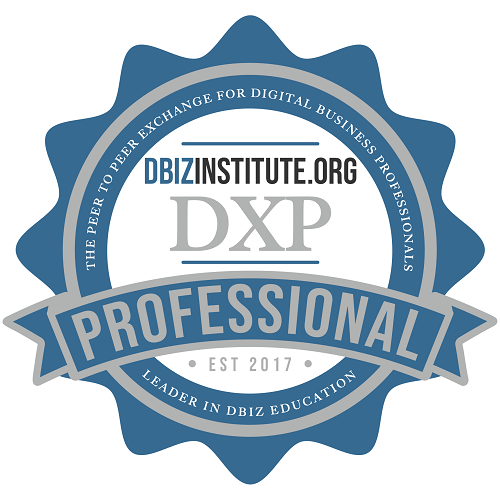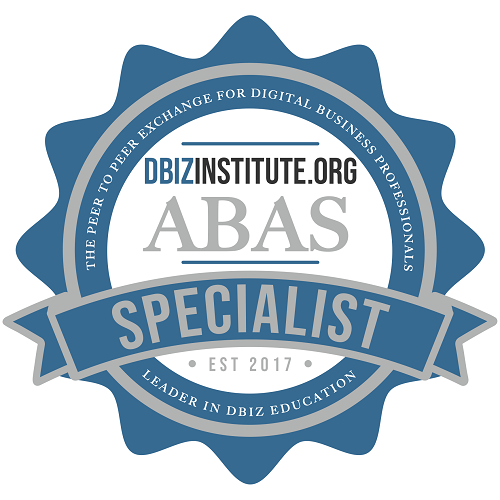Home / Resources
Resources
Discover a Wealth of BPM Knowledge and Expertise at BPMInstitute.org!

BPMS Watch: Hey You! Get Outta My Pool!
One of BPMN’s most important elements is unfortunately also the most misunderstood. It’s called a pool, a rectangular shape that serves as a container for a process. So in that sense a pool is synonymous with a process, and that’s as basic as you can get. The confusion sets in when you understand that a business process diagram (BPD) – the top-level object in BPMN, describing a single end-to-end business process – frequently contains multiple pools.
A Formula to Measure Business Agility
This weekend I spent an afternoon sitting in a coffee house in my downtown Chicago neighborhood pondering what it means to be agile and how to measure it. The place was busy but I got lucky and snagged the cushy armchair next to the plate glass window in front that looks out on the sidewalk and the apartment building across the street. Watching the other patrons, looking at the people who pass by, and enjoying that burst of mental energy induced by a fine café-au-lait is often a good way to get inspired and be creative.

Using the Tools of Structure
Problems worthy of innovation range across the map from seemingly simple ones like the design of low-function objects (think tableware) to complex systems so multifunctional it’s hard even to know where to start. For complex problems, as you might expect, we usually insist on some kind of structure to work from; but for the “simple” ones, we almost never feel the need. Somehow it seems right to innovate within structure for a big problem, but its OK to treat lesser problems as one-shot idea generation exercises.

Reasons for Six Sigma Deployment Failures
As a Six Sigma consultant I am often asked: “Have there been any Six Sigma deployments that have failed?” My answer is ambiguous enough to make me sound like a presidential candidate. That answer depends on your definition of the term “failure.” My definition of a failure would be a result that does not deliver the Return On Investment (ROI) anticipated by the company. Using this definition, I am not aware of any company that would admit to failed deployment.

BPM Governance
Let’s agree on a fundamental principle. Companies create value for customers and shareholders via the effectiveness and efficiency of activities or work which flows across traditional organization boundaries – often referred to as the firm’s cross-functional business processes. In order to optimize and sustain business process improvements it’s essential to overlay some form of governance that creates the right structures, metrics, roles and responsibilities to measure, improve and manage the performance of a firm’s end-to-end business processes.
Don’t Underestimate the Importance of the Business Process Model to Your System Replacement Project
The reasons to replace an existing system may be technical in nature such as upgrading the platform or notice that key software will no longer be supported by the vendor. Or, it may be due to changing business conditions and the need to respond quicker in an increasingly more dynamic market and customer demands. In these cases, the decision to replace the system is often accompanied by a mandate that there be no change to the underlying business process.

How Do We Do Requirements?
Attending the recent IBM Rational Conference, I listened to some very interesting conversation around the subject of requirements – Rational now has not one, not two but three different “Requirement” tools – its ‘legacy’ product, Requisite Pro, the newly acquired Doors product from Telelogic (now an IBM company) and a newly announced “Requirements Composer”, part of its new software development portal dubbed “Jazz”.
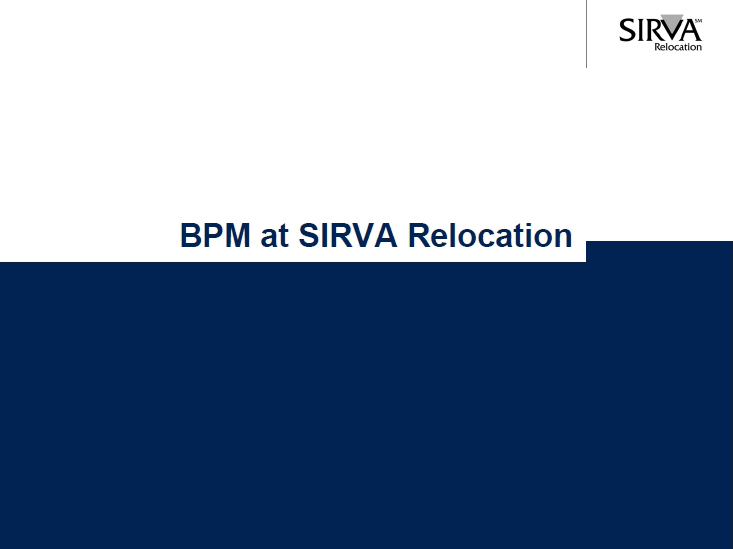
One CIO’s Perspective on Where BPM Fits
The process of relocating to a new city can be complex. Attend this round table to learn how SIRVA uses BPM to simplify the relocation experience for individual consumers and about half the Fortune 500. Join Erik Keller of SIRVA, as he will discuss their corporate initiative to drive improvement and change in the business.

Defining the term “Business Architecture”
How does one define the term “Business Architecture” (BA)? Before an enterprise undertakes a Business Architecture initiative, it must have a clear understanding of what it is and how it is defined. Perhaps by first parsing the term “Business Architecture,” and then characterizing it as a whole and complete term, one can bring clarity to its definition. And of course, the Business Architecture requires an association and some context with the enterprise as well. This article will offer one perspective on the definition of Business Architecture; hopefully, stimulating
Creating Momentum for Process Change
In our consulting work at the Performance Design Lab (PDL), we have frequently talked with clients who describe the following scenario: “Our improvement projects usually seem to get stuck between current and future state. We get the ‘is’ process mapped out okay, but we can’t beyond that.”
The question we always ask is, “Why did you start the project in the first place?” What we find out is that processes often get mapped without any clear purpose, other than to map them.

Improving Government Service by “Building Sidewalks Where People Like To Walk”
A few years ago, a private liberal arts college in Vermont decided to reinforce the image of its campus, which features lots of quads and open spaces, as one that encourages students to do more walking. Concrete walkways were built over existing dirt-paths that the shoes of students and faculty had been shaping and re-shaping for generations. When the renovations were done, the local newspaper reported that fewer students showed up in class thereafter with muddied sneakers, though more of them were walking across the campus, even on rainy days.
Avoiding SOA Security Anti-Patterns: Practical Planning for Success
As important as information security is, it seems to be one aspect of SOA that is too often overlooked. Without a well-thought out security plan, a SOA project will introduce critical vulnerabilities to the enterprise, it may require a large amount of time and resources in order to “retrofit” security later, and it may never be deployed at all due to accreditation failure when there are unmet needs related to mandatory security rules and privacy laws.

BPMS Watch: Which Way for BPMN?
To the surprise of nearly everyone, OMG’s Business Process Modeling Notation (BPMN) has emerged as far and away the most important standard in BPM, driven in large part by the BPM Suite vendors who recognize its value as a bridge between business-oriented process modeling and implementation design. Today, for example, BPMSs ranging from Appian, Savvion, and Lombardi to BEA, Oracle, SAP, SoftwareAG, TIBCO, and Vitria layer rely on BPMN-based modeling as the underpinning of their process implementation design.
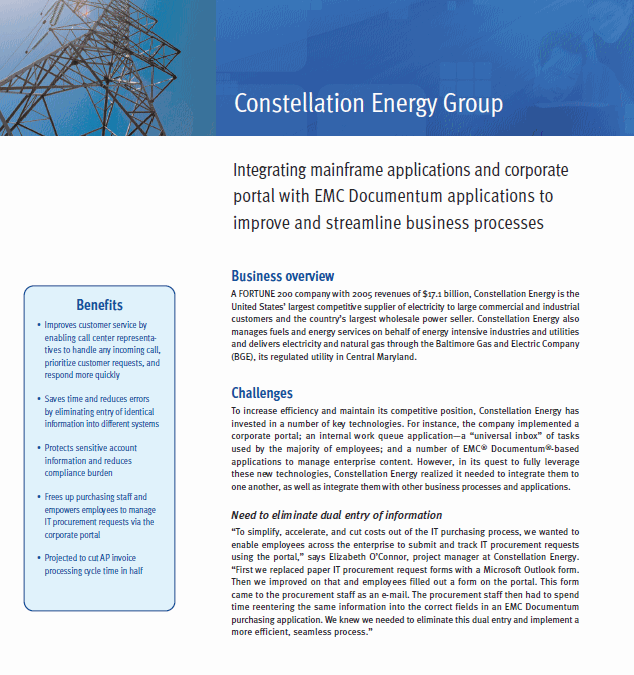
Case Study: Constellation Energy Group
Find out how Constellation Energy Group uses Documentum to enable more efficient IT procurement and case management. By replacing paper requests, integrating mainframe applications and creating a corporate portal Constellation Energy Group was able to improve customer service, reduce processing time and errors and better protect sensitive information.

The Five Implementation Options to Manage the Risk in a New Process
How do you manage the risk and uncertainty concerning a new process design? Below are five options ranging from low-risk suggestions to ones that imply higher risks.
Role-Playing, Practice, and Simulation
The least risky option is to role-play, practice, or simulate the new design. To use a military metaphor, you wouldn’t be using live ammunition in this option. A professional football team employs this option (and calls it practice) Monday through Saturday. There’s no risk in role-playing, practice, or simulation.
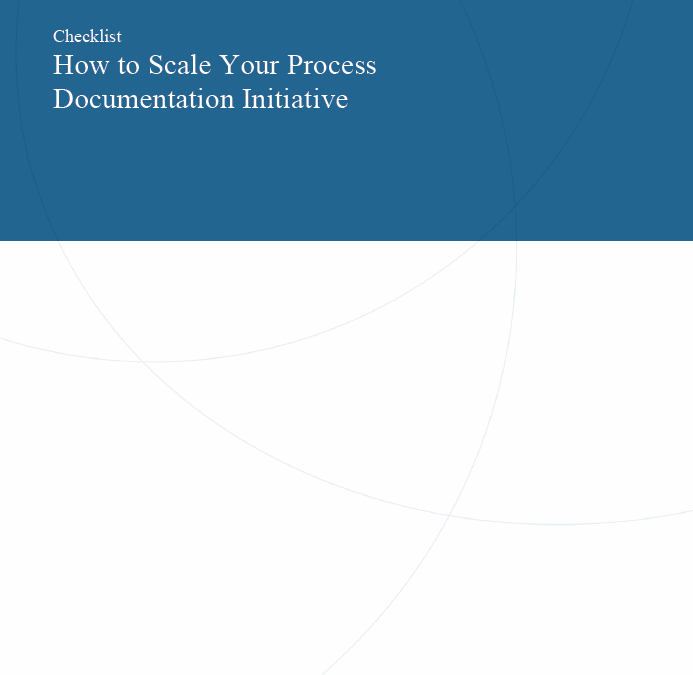
How to Scale Your Process Documentation Initiative
A 10 Point Checklist is a good place to start when scaling your process documentation initiative.
- 30 minutes with your Executive Sponsor every week
- Dates and Deliverables Create Urgency
- Find the Right Documentation Tool – is yours up to the task?
- Build your Company’s Process Chart
- An Owner for Every Process
Download this white paper for items 6-10 and additional “how to” specifics for each item.
Introducing the Jiffy Lube Metaphor of Continuous Flow
Are your software implementation efforts woefully behind? Are your development schedules constantly being compromised by increased demands from other business units?
Does SOA Kill Capacity Planning?
In theory, computing capacity should be like water, if you need more just leave the tap running a little longer. All manner of virtualization, grid and attached processing technologies are being developed and deployed in an effort the make this theory a reality. Therefore it would be easy to assume that capacity management would not be an issue for SOA. Just deploy the services and SOA infrastructure on your tap water computing power with a few automation policies and capacity management ceases to be an issue.
What a lovely fantasy.
The real world, unfortunately, does not work that way.

Business Decision Management – Part 2
In Part 1 we discussed using business rules and analytics in the context of Business Decision Management to automate and improve operational business decisions. There are many ways to bring business rules and analytics to play in information systems and they can be used to improve business processes, Business Decision Management is emerging an extremely productive and effective method.
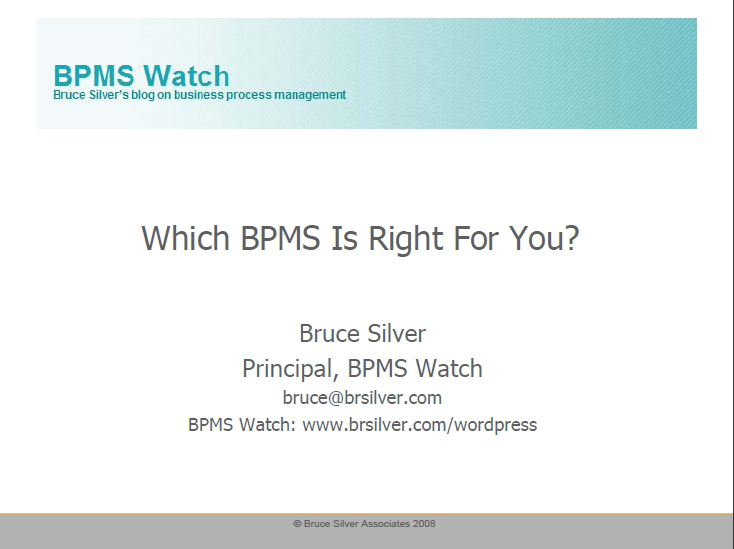
Which BPMS is Right for You?
Over the past 12 months, we reviewed 11 leading BPM Suites using a common analytical framework, and published the results using a common outline as The BPMS Report series, available for free from BPMInstitute.org. Based on that research, we now offer a comparative scoring of these offerings. Each BPM Suite was rated for both human-centric and integration-centric processes, and the human-centric evaluation was further broken out into two subclasses, production workflow and case management.
